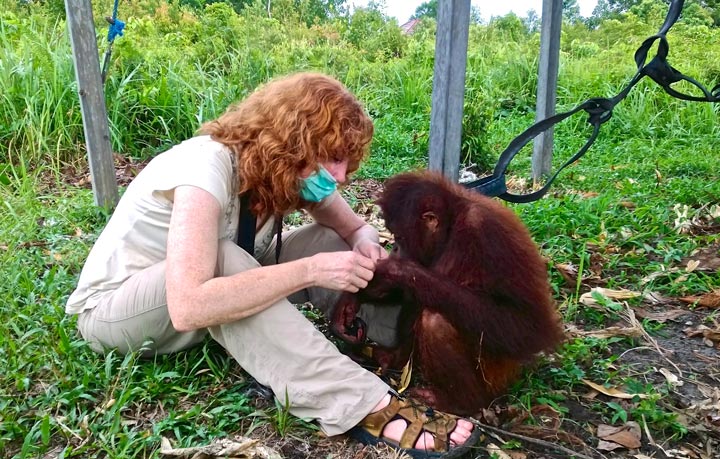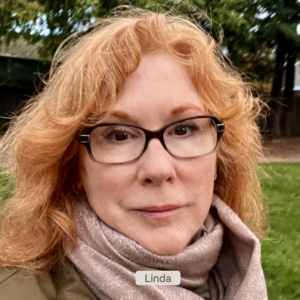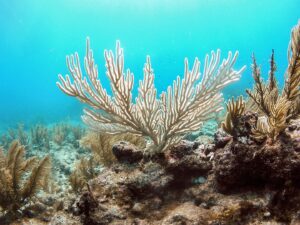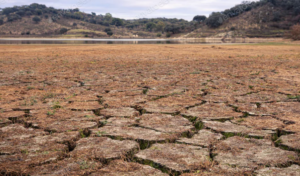
What you can do right now


Linda Lanzl
What you can do right now
VOLUNTEER – at a local wildlife refuge or at the numerous ethical wildlife sanctuaries around the world, that often need volunteers to help save animals.
Speak Up for Wildlife – Speak up against animal cruelty, against trophy hunting, circuses that use zoos and wild animals that are used for entertainment
Donate your time for ocean clean-ups days, tree planting events, local park and stream clean-up.
Learn about wildlife through nature shows, such as NOVA, PLANET EARTH and movies that depict animals in their natural setting.
Sign petitions that protect wildlife
Become vegan – yes, that alone will help with land use and avoid human-wildlife conflicts in farmlands.
Teach your children about wildlife, whether local or endangered species that you relate to. Have them watch movies with animals in them (make sure they are rated for your children’s age).
Be a whistleblower – call local authorities if you see or know of any illegal poaching, fishing or poaching. If you are traveling and see wildlife parts in a market that seem to come from wildlife that are endangered, contact the authorities in that country.
Join legitimate and ethical conservation organizations. You can research how they use funds at www.charitynavigator.org or www.guidestar.org
Recycle, reuse and reduce. Loss of habitat is one of the biggest offenders for how species go extinct. Deforestation is a critical component to a species going extinct. Do your part and conserve and put less waste in the environment.
Don’t use dangerous fertilizers in your yard. 50% of insects on the planet have vanished, partly because of our use of dangerous pesticides and fertilizers.
What you can do locally
1. Know what species in your area are endangered.
This is the first step in making yourself aware and sharing that awareness with others. In most places, there will be species that are endangered. If you know what species are endangered, you can let everyone around you know so that they are able to act in a way that will not put these animals’ lives in danger.
2. Volunteer your time to protect the wildlife in your area.
Wildlife refuges, parks, and other places are often homes to very important species. You can help by volunteering at one of these places in order to protect the animals. Thanks to these places and the volunteers that work at them, one person can make a difference. This goes hand-in-hand with the first thing on the list, so once you know what species are endangered, you can volunteer your time in order to help them thrive.
3. Make certain that your home is not a hazard to wildlife.
The first thing you can do is to secure all of your trash so that animals can’t get to it. Use locking lids on your trash bins in order to keep your trash from becoming a hazard. Reduce the amount of water you use so that there is more local water for the wildlife. Another thing you can do is to place decals on your windows in order to keep birds from colliding with them. Because a large number of birds die from flying into windows, these decals will help to protect the local wildlife.
4. Plant native flora.
Planting flora that is natural to the area will provide food for the wildlife around you. This is very important because industry often destroys these plants, which leaves the animals in certain places without any food. Do your part by ensuring that as much of this plant life as possible is available to them.
5. Do not use toxic herbicides or pesticides.
Many people want to do what they can in order to have a beautiful looking lawn or garden, but certain herbicides and pesticides are horrible pollutants that wind up causing severe damage to the environment. Find alternative ways to keep your lawn and garden thriving without polluting the environment and having a negative effect on the wildlife in your area.
6. Watch the road and drive carefully.
Particularly if you live or commute in a rural area, roads are one of the biggest hazards that animals face. If you are driving on a road that wildlife is known to cross, make certain to drive slowly and carefully and look out for animals so that you will not hit them. It seems simple, but too many distracted drivers kill too many animals on the roads.
7. Recycle and buy recycled or reusable products.
Simply recycling and buying eco-friendly products can go a long way to help our animal friends. Do not purchase anything that is made of wood that comes from rainforests, and know the consequences of every product you buy. You might be surprised about what products cause harm to the environments of endangered species, so do your research and know what kind of impact you are having.
8. Do not purchase illegal products that come from endangered species.
This is typically not something that you have to worry about when you are in the United States, but if you travel abroad, there is the chance that you might come across a product being sold in an illegal market that harms endangered species. Do not participate in this. Do not purchase ivory, or any other product that likely required the killing of an endangered animal.
9. Support zoos and other wildlife parks.
I know this sounds strange; most people who want to protect wildlife are against animals being held in captivity. However, zoos and other wildlife parks have actually done a lot to teach humans about the species and even protect them and help them to grow in population. Understanding this means that you understand the importance of these places and what they do to help the situation.
10. Get active and spread the word.
Join different activist groups and spread the word about how others can help. Protest and boycott companies that put ecosystems in danger.
11. Donate to organizations that are working to help endangered species.
This is simple enough, and it does not take much time or money. Giving a small donation to organizations like the World Wildlife Fund can go a long way in helping the situation.
12. Reduce your water consumption.
Many places are experiencing droughts, and using a lot of water makes the problem worse. Limit your water consumption so that there is more water left for the animals.
13. Reduce the amount of pollution that you cause.
Merely doing your part to reduce the amount of pollution that you are part of can go a long way. Pollution has a very negative effect on the survival of many species.
14. Do not buy plastic products.
At the very least, limiting the amount of plastic you buy, and recycling what you use, can go a long way. Animals often mistake plastic for food, which means that plastics can cause a huge hazard for many endangered species.
15. Do not purchase products from companies that are known polluters.
Many industries are known to pollute natural water resources. You can do your part by not giving these companies your business, and one day we might see a world where companies do not pollute natural habitats.
16. Join a conservation organization.
There are many different organizations out there working to protect and conserve endangered species and their habitats. Find one that suits your interests, locate a local chapter, and join them in order to be the change you want to see in the world.
17. Read up on the subject.
There are many books dedicated to teaching about endangered species and how to protect them. Read these books and understand your goals and how to achieve them. An educated mind is one that will make the biggest difference.
18. Turn off the lights.
The more energy that is used, the more pollutants that are put into the environment. By limiting your energy consumption, you are limiting the amount of pollutants being put into the environment by power plants. It might seem as though one person can’t make a difference, but the more people that do this, the bigger impact it will have.
19. Consume less.
The more you consume, the more energy was used and the more pollutants were put into the environment. By consuming less overall, you can help to protect the ecosystems that wildlife need in order to survive. This is something that takes a conscious effort, and more people need to get on board with it. Look into different ways to go about doing this.
Disclaimer: The opinions, beliefs and viewpoints expressed by the various authors and forum participants on this web site are their own and do not necessarily reflect the opinions, beliefs and viewpoints of SAFE Worldwide.
More Posts
Send Us A Message
SAFE WORLDWIDE
SAFE Worldwide, Inc is a 501(c)(3) non-profit and within the limits of the law, 100% of your donation is tax-deductible in the United States of America. We are incorporated in the state of California.
USA EIN #81-3680190
SAFE WORLDWIDE © 2024 All rights reserved





